The snow leopard is a medium-sized wild cat that inhabits Central and South Asia’s cold, mountainous regions.
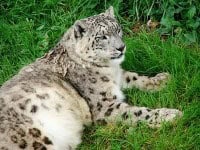
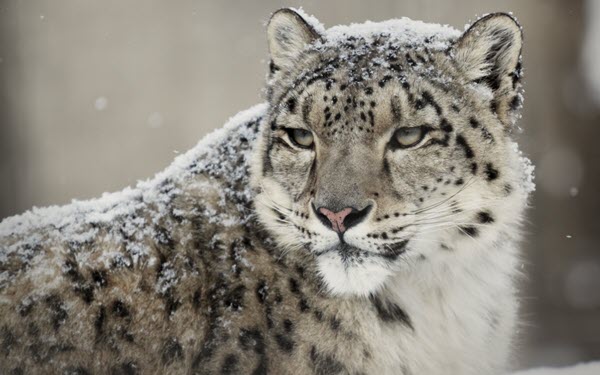
Scientific Name: Panthera uncia
Conservation Status: Vulnerable
Proposed subspecies as of 2017:
- Panthera uncia uncia (Pamir Mountains)
- Panther uncia irbis (Mongolia)
- Panther uncia uncioides (Himalayas and Northwestern China)
Lineage: The snow leopard is a member of the Panthera lineage,, along with the lion, tiger, leopard and jaguar. There are two genera in this lineage: Panthera and Neofelis.
Population: Estimated at less than 4,000.
Important Snow Leopard Facts
The snow leopard is a wild cat that lives in the high mountains of Asia. It has special adaptations that help it survive in cold, harsh environments. Because the air is thinner at high altitudes, snow leopards have:
- Large lungs and wide nasal passages to help them breathe.
- Thick fur keeps them warm
- Powerful legs help them climb steep, rocky slopes with ease.
- Lots of small red blood cells: These help absorb more oxygen and circulate it through the body.
Snow Leopard Evolution
Genetic studies show that snow leopards and tigers share a common ancestor that lived around 3.2 million years ago. Snow leopards were once classified under their own genus (Uncia), but later research placed them in the Panthera genus along with tigers, lions, leopards, and jaguars.
While snow leopards and tigers are closely related, they have evolved to live in very different environments:
- Tigers adapted to forests, grasslands, and wetlands.
- Snow leopards evolved for high-altitude, rocky mountain terrains.
Despite these differences, both species share common traits such as powerful builds, sharp retractable claws, and excellent night vision for hunting.
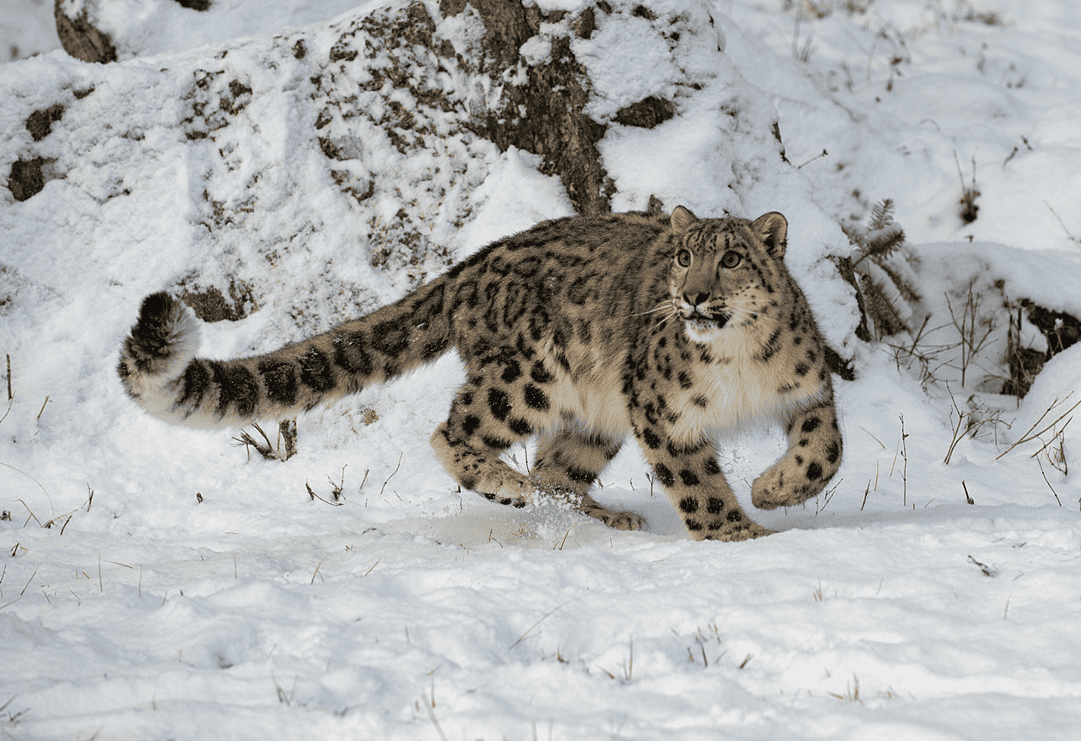
What do Snow Leopards Look Like?
Snow leopards are medium-sized cats with a powerful build. They have:
- A stocky body with short legs
- A long tail, which not only helps with balance but is also used as a form of warmth in extremely cold temperatures.
- Wide paws
These characteristics help them navigate their mountain habitat’s steep and rocky terrain.
Their coat is one of their most striking features. It is thick and dense, varying in color from light grey to tan, with dark rosettes (a marking with a distinct, rose-shaped pattern) and spots scattered across their body.
The snow leopard’s underside is white, which helps it blend in with the snowy and rocky landscapes.
Their large, rounded ears help them stay alert to any sounds in their surroundings.
Snow leopards can weigh between 60 to 120 pounds, with some males reaching up to 170 pounds.
They are incredibly strong animals, capable of leaping distances of up to 50 feet in a single bound. This impressive strength is essential for capturing prey and navigating their mountainous homes.
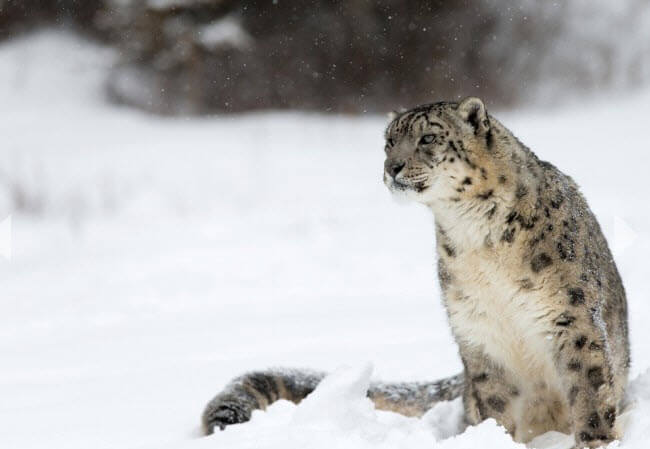
Where Snow Leopards Live: Habitat and Range
Snow leopards are native to the rugged mountains of Central and South Asia. They inhabit a vast area that spans several countries, including
- China
- India
- Nepal
- Bhutan
- Mongolia
- Pakistan
- Afghanistan
- Tajikistan
- Kazakhstan
- Russia
The snow leopard’s range stretches from the southern Himalayas to the Tibet Plateau, and it can be found in mountain ranges across Siberia.
Snow leopards are typically found at elevations between 10,000 and 17,000 feet above sea level, where they are able to survive the harsh conditions of the high-altitude environment. They are well-adapted to cold temperatures and can withstand freezing conditions as low as -40°F. In winter, they may move to lower altitudes to find shelter in forested areas, but they prefer steep, rocky terrain, which provides them with an advantage when hunting.
Snow leopards’ territories are large, covering hundreds of square miles. This big territory is necessary for their survival, as they need access to a wide range of prey and varied habitats. The population of snow leopards is most concentrated in China, with an estimated 2,000 to 2,500 individuals.
Estimated Snow Leopard Population by Country
| Country | Estimated Population |
|---|---|
| China | 2000 |
| Mongolia | 1000 |
| India | 500 |
| Nepal | 350 |
| Pakistan | 300 |
| Russia | 70 |
| Bhutan | 100 |
| Kazakhstan | 140 |
| Tajikistan | 250 |
| Kyrgyzstan | 700 |
| Afghanistan | 100 |
| Uzbekistan | 10 |
Snow Leopard Behavior
Unlike some other big cats, snow leopards are solitary animals. They do not form social groups and prefer to live alone, except during the mating season. They are rarely seen by humans.
Because they live in remote areas and blend in so well with their surroundings, they are known as the “ghosts of the mountains.”
- Most active at dawn and dusk when they hunt.
- Mark their territory with scents, scratches, and urine to warn other snow leopards to stay away.
Hunting and Diet of the Snow Leopard
Snow leopards are carnivores, which means they eat meat. They are powerful hunters that sneak up on their prey and use their strong legs to pounce. Since food can be hard to find in the mountains, snow leopards are not picky eaters.
- Primary prey: Wild goats and sheep, such as the blue sheep and ibex.
- Other food sources: Rabbits, marmots, and birds.
- Occasionally eat: Carrion (dead animals) and even plants.
- Can travel up to 80 square miles in search of food.
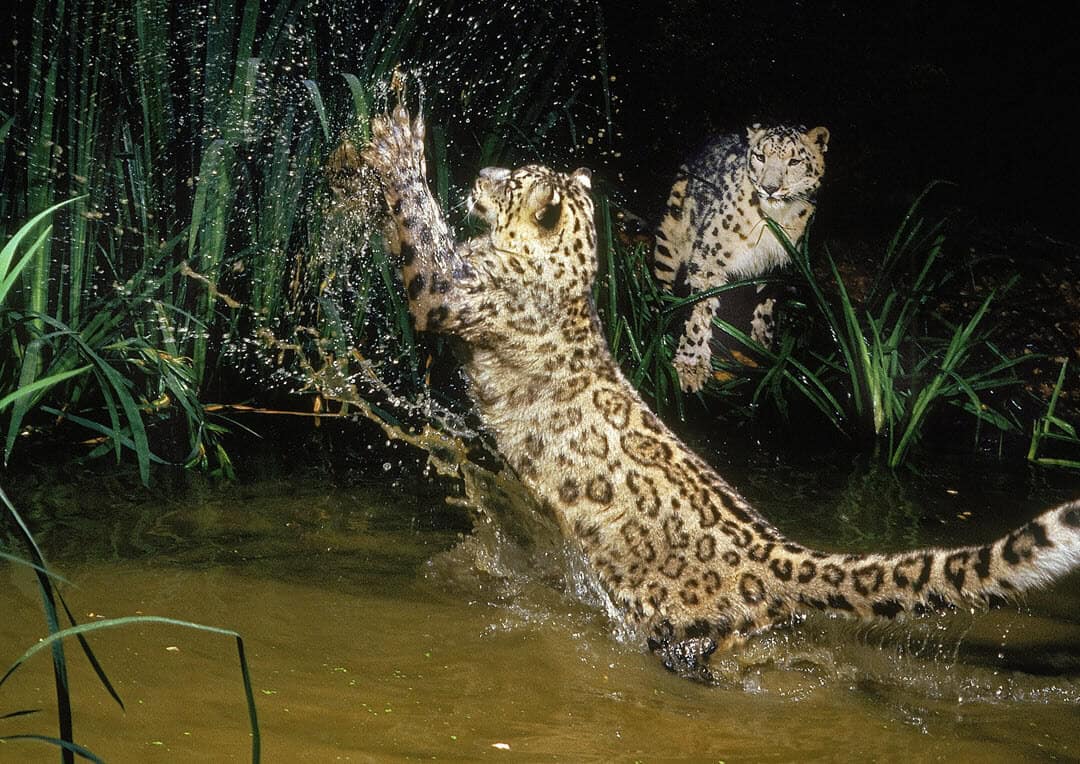
How Do Snow Leopards Communicate?
Even though snow leopards mostly live alone, they still need to communicate with each other. They do this by using different sounds, body language, and scent markings. Unlike lions and tigers, snow leopards do not roar.
- They do not roar, but they can make other sounds.
- Vocalizations include:
- Mewing (like a small cat)
- Hissing (when they feel threatened)
- Wailing (used for long-distance communication)
- Chuffing (a friendly greeting sound)
- Use scent marking to leave messages for other snow leopards.
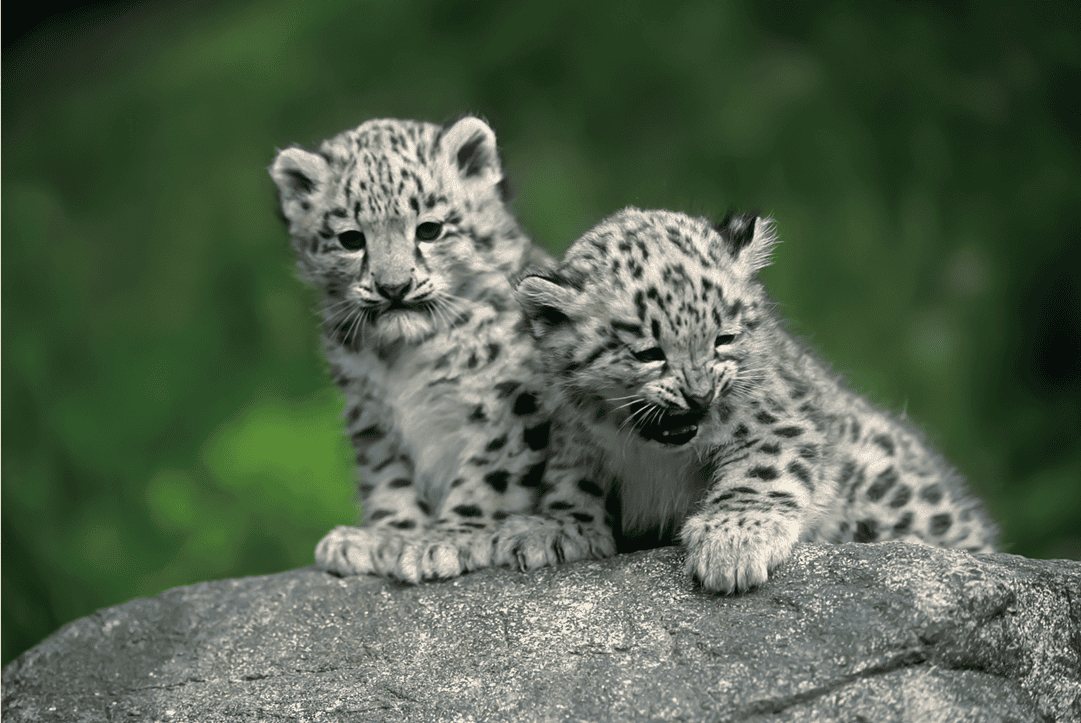
Baby Snow Leopards
Snow leopard cubs are born in safe, hidden places where their mother keeps them warm. Since they are blind and helpless at birth, they rely completely on their mother for food and protection. As they grow, they learn how to hunt and survive in the mountains.
- Mating season: Late winter.
- Pregnancy lasts: About 90 to 100 days.
- Cubs are born: Between April and June.
- Litter size: Usually 2 to 3 cubs.
- Stay with their mother for nearly 2 years before becoming independent.
How Long Do They Live?
Snow leopards can live for many years, but their lifespan depends on where they live. Those in the wild face dangers such as poaching, starvation, and harsh weather. Snow leopards in captivity, like in zoos, often live longer because they have a steady food supply and no predators.
- In the wild: Up to 18 years.
- In captivity: Can live longer due to protection and regular food.
Snow Leopard Conservation
Snow leopard faces many threats in the wild. One of the most significant threats to their survival is poaching. Snow leopards are killed for their beautiful fur, bones, and other body parts, which are highly prized in illegal wildlife markets. Snow leopards are also vulnerable to retaliatory killings by local herders who lose livestock to the big cats.
In addition to poaching, the snow leopard’s population is affected by the decline in prey species and habitat loss due to human activities such as deforestation, mining, and agriculture.
Conservation efforts for snow leopards are ongoing, with organizations and governments working to protect their habitats. These efforts include:
- Stronger anti-poaching laws to stop illegal hunting.
- Teaching local communities how to protect snow leopards.
- Creating nature reserves where snow leopards are safe.
- Using technology like cameras and GPS to track snow leopard movements.
A GPS (Global Positioning System) is a tool that helps people find their location anywhere in the world. It works by using satellites in space that send signals to a GPS device, like a phone or car. The device uses these signals to figure out where it is and helps people with directions and navigation.
Did You Know?
Buddhist monasteries in the Tibetan Plateau help protect snow leopards by keeping their habitats safe and discouraging hunting.
The Tibetan Plateau is the highest and biggest plateau in the world. It covers about 2.5 million square kilometers and is very high, averaging 14,800 feet above sea level. It is in Central Asia and affects the weather around the world. Many animals, like snow leopards and yaks, live there in the cold, rocky mountains.
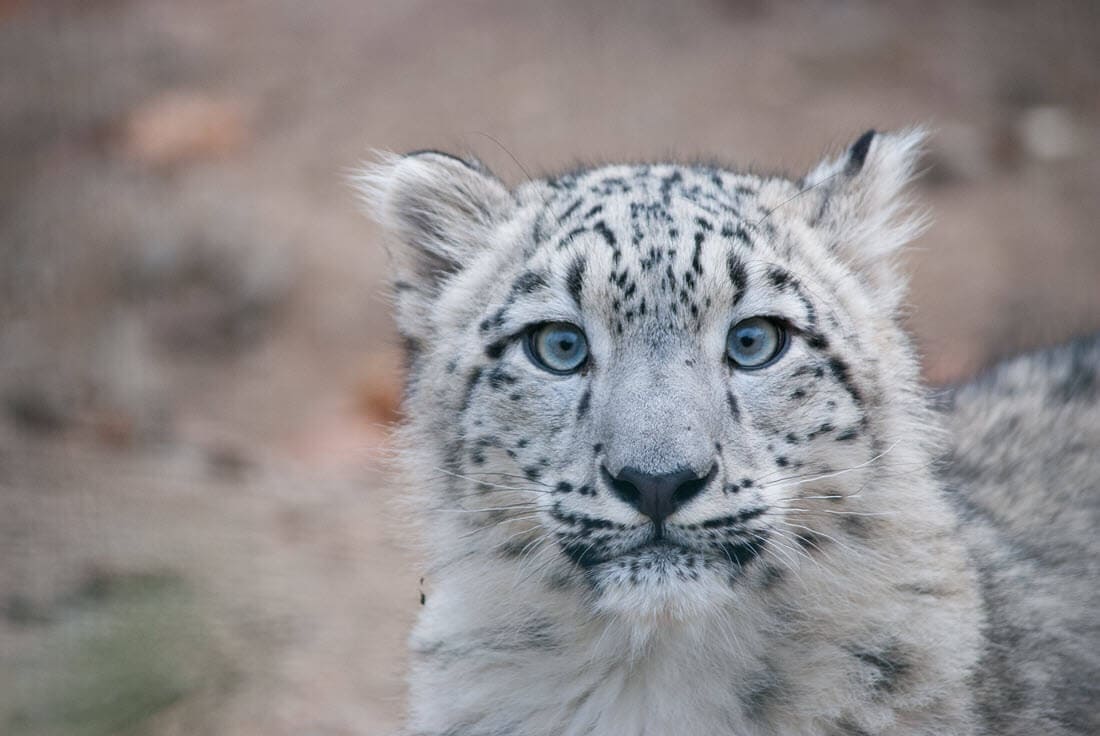
Snow Leopard Protected Areas and Reserves
Here are three of the top protected areas and reserves where you can find snow leopards:
- Tost Mountains Nature Reserve (Mongolia): Located in the Southern Gobi Desert of Mongolia, the Tost Mountains Nature Reserve is a key habitat for snow leopards. This area is famous for its success in protecting snow leopards. The reserve has seen increased monitoring and protection, helping to conserve the species.
- Hemis National Park (India): Hemis National Park, located in the Ladakh region of northern India, is one of the most important protected areas for snow leopards. It provides a vast, rugged terrain where the snow leopard’s prey, such as the Himalayan blue sheep, can be found. The park’s remote and inaccessible nature provides an ideal sanctuary for snow leopards. It’s also the site of extensive conservation and monitoring programs by various NGOs.
- Sagarmatha National Park (Nepal): Sagarmatha National Park, situated in the Solukhumbu region of Nepal, is home to a diverse array of wildlife, including the snow leopard. The park, a UNESCO World Heritage Site, features rugged terrain with high-altitude ecosystems, making it an ideal habitat for snow leopards. Ongoing conservation
Snow Leopard in Culture
Many Central Asian indigenous populations have worshiped the snow leopard. It is considered a symbol of power, strength, and, amongst some groups, a mountain spirit.
In Buddism, it is written that “the snow leopard owns the rocky mountains, is the leader of all carnivores, and is one of the protectors of the sacred mountains.”
The snow leopard is the unofficial state symbol of Kyrgyzstan, where it was revered for its nobility and bravery in ancient times.
“The positive imagery and symbolism linking the snow leopard to the Republic of Kazakhstan cements the non-human animal’s status as an unofficial state symbol.” – brill.com
You can find rock carvings of snow leopards in Upper Tibet dating back to the Iron Age. Snow leopards have appeared in historical paintings and artifacts from Tibet, Mongolia, India, Persia and China.
Image: A drawing of a snow leopard by Marcus de Bye, a painter known for his etchings of animals who lived in the late 1600s.
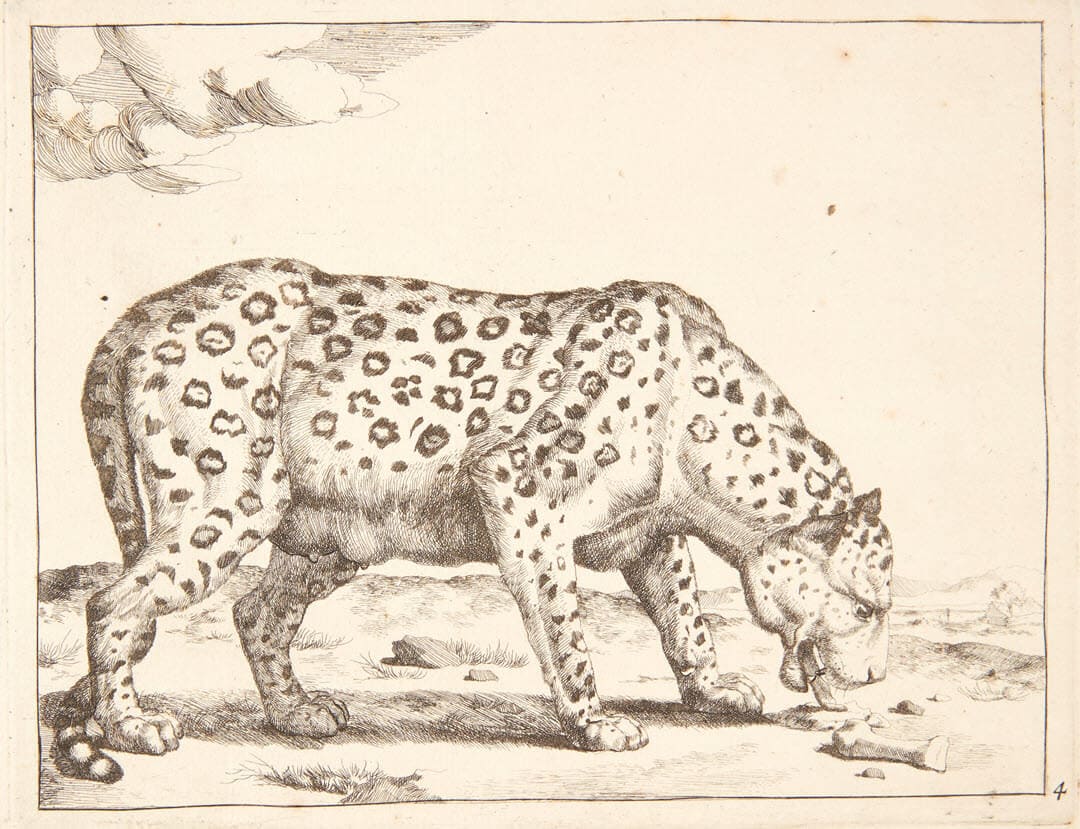
Research Quotes
“Our results indicate monasteries play an important role in snow leopard conservation…According to Buddhist scripture, the snow leopard owns the rocky mountains, is the leader of all carnivores, and is one of the protectors of the sacred mountains.” – Role of Tibetan Buddhist Monasteries in Snow Leopard Conservation | Li, Wang et al.
“Between 3,500 and 7,000 snow leopards live high in the mountains of Asia, with about 60 percent living in China…The leopards are being protected by hundreds of Buddhist monasteries on the Tibetan plateau, new research suggests.” – nbcnews.com

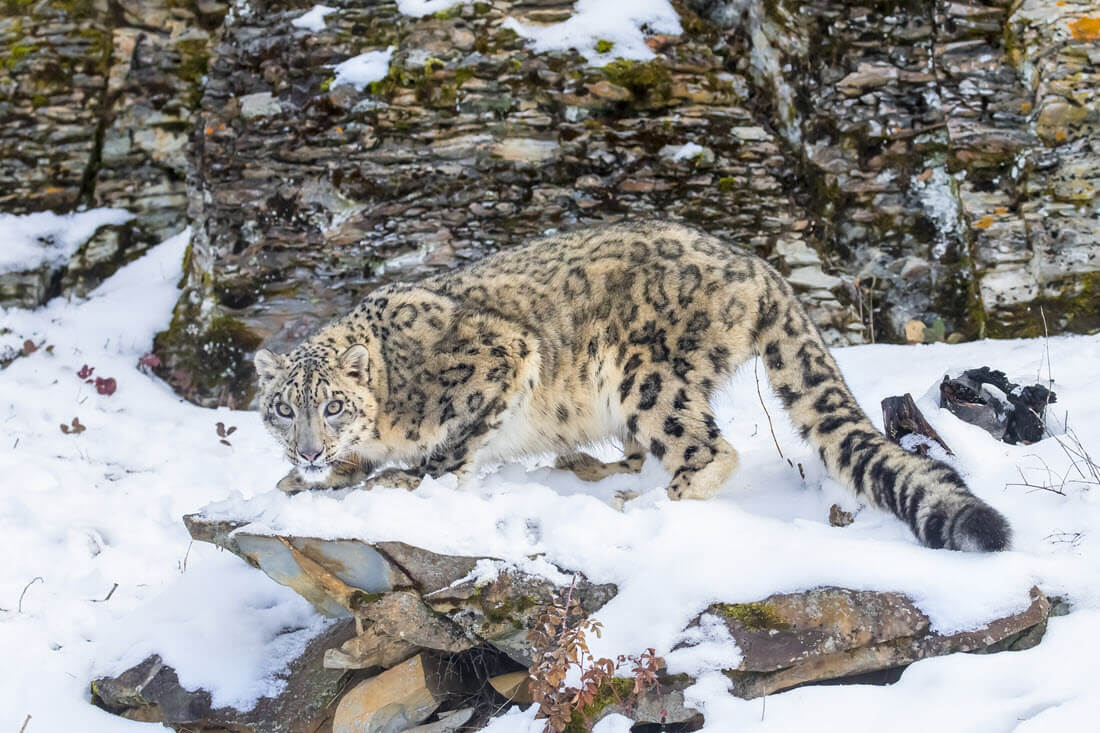
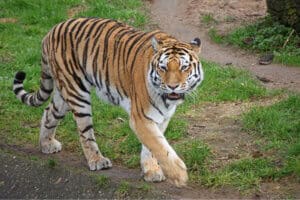
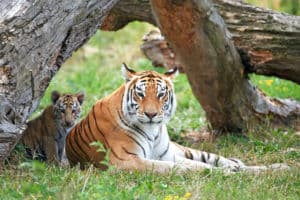
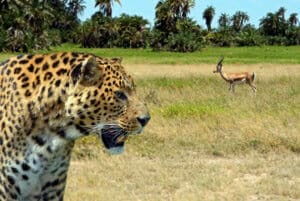
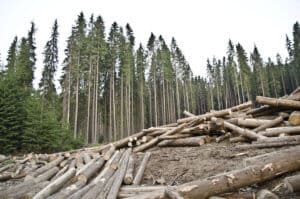
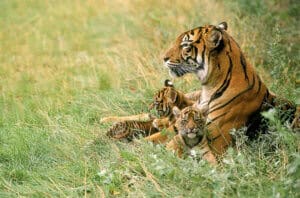
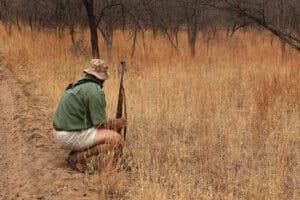
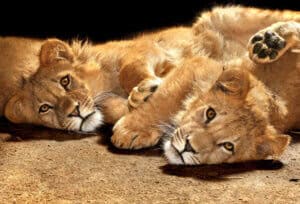
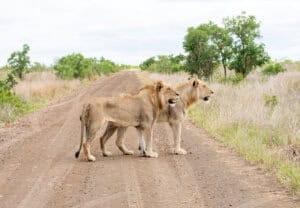
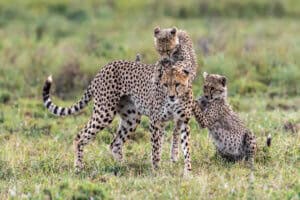

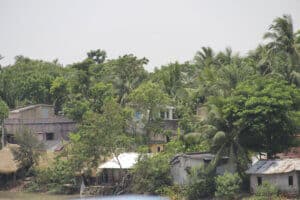
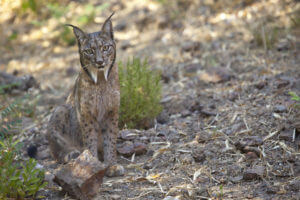
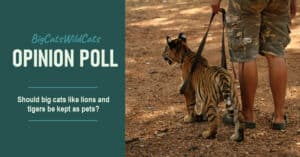
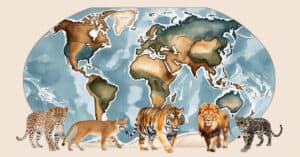
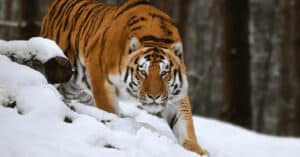
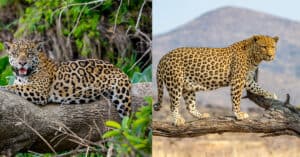
We’re glad the website was helpful! Thank you so much for your feedback.
i love snow leppies
Hi Sarah,
Glad to know that the site has been helpful. Thank you for the feedback!
Rebecca
my kids use this website for facts for school and it helped them so much on the english homework from sarah